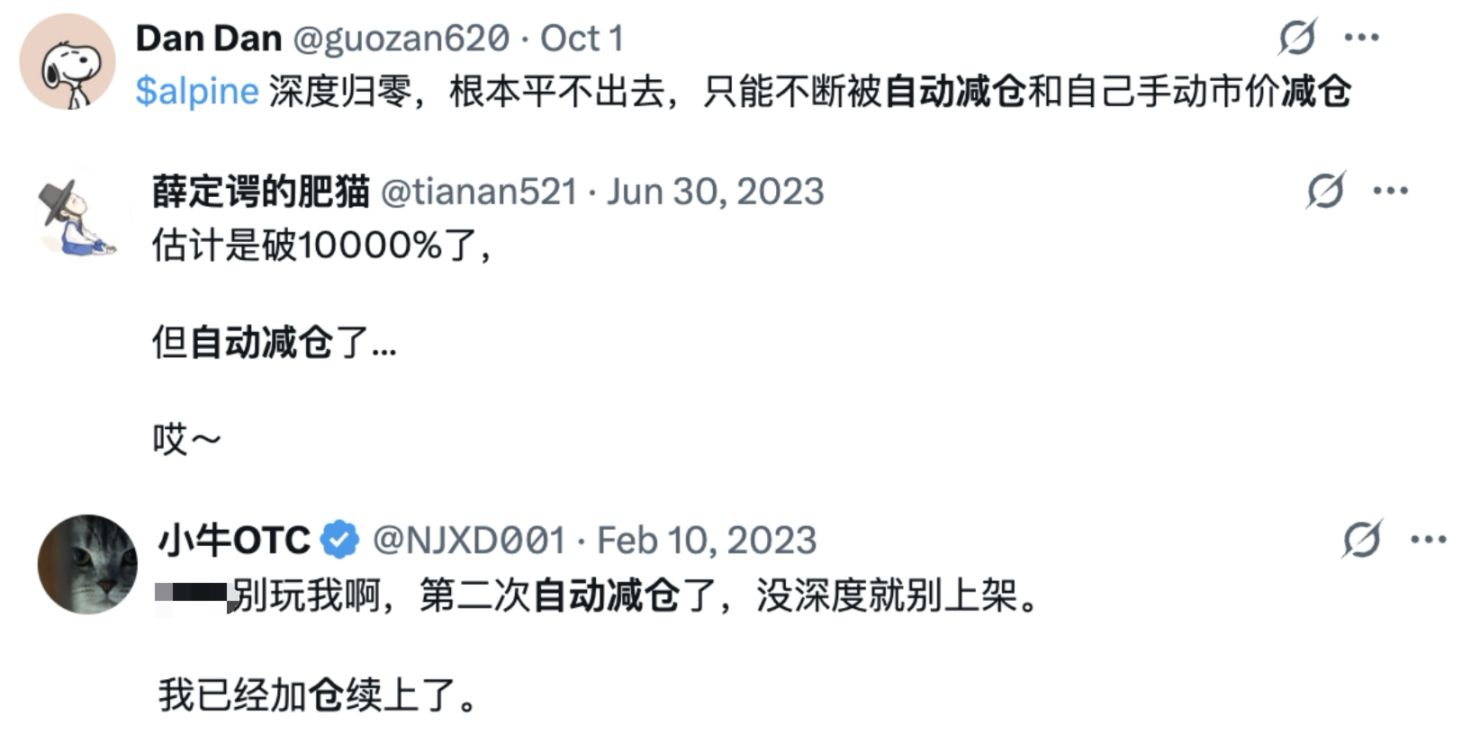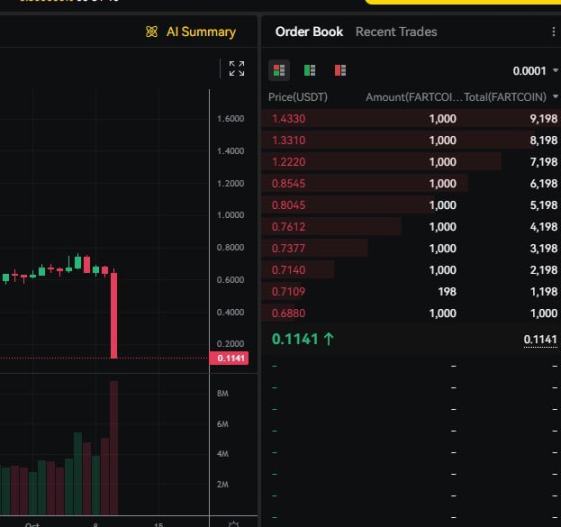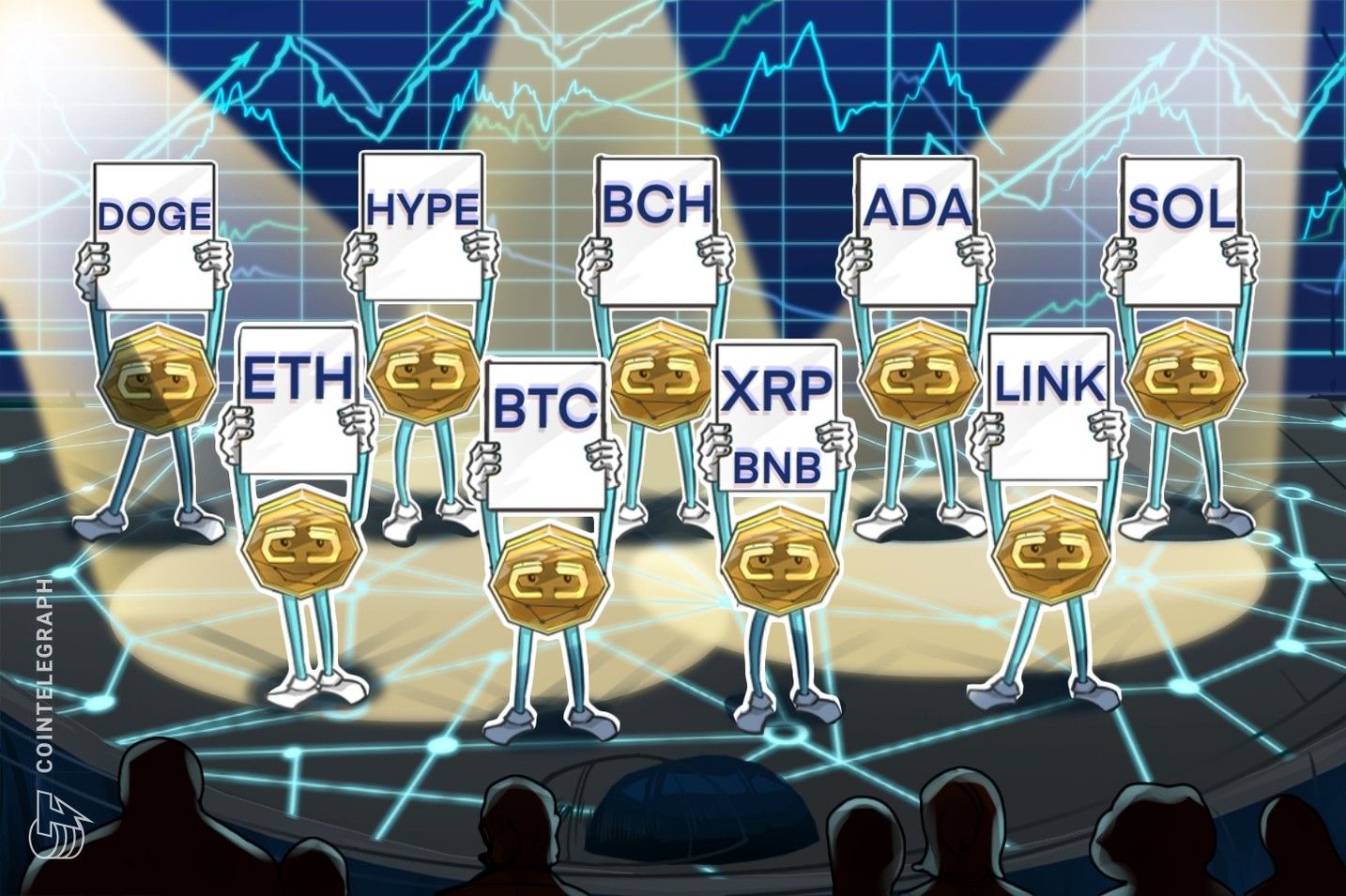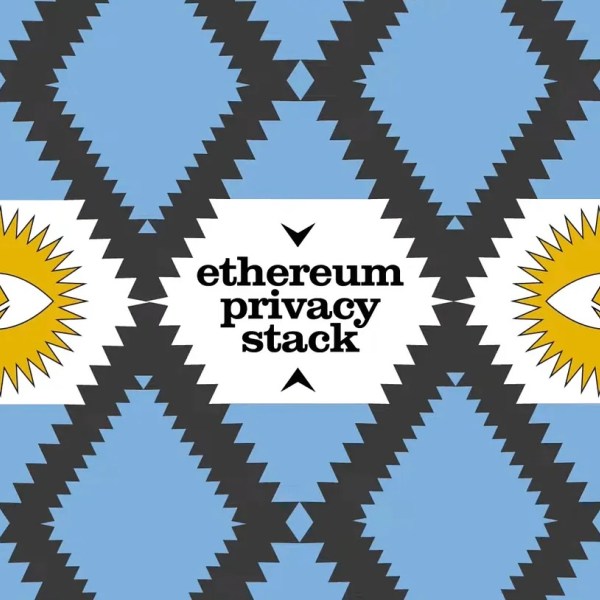When you encounter ADL, it means you have already taken all the money from the market.
Before trading perpetual contracts, you must understand that this is a zero-sum game.
Before you start trading perpetual contracts, you must understand that this is a zero-sum game.
Written by: Eric, Foresight News
HyperLiquid co-founder Jeff Yan shared some thoughts early yesterday morning regarding HyperLiquid's performance during the weekend market crash, mentioning, "This is the first time in over two years of HyperLiquid's operation that cross-margin auto-deleveraging (ADL) has been triggered."
Auto-deleveraging, or ADL, is something that many CEXs try to avoid at all costs, and it's also a frequent topic of complaints among users on X. Of course, it's easy to understand why people complain: auto-deleveraging is when the exchange forcibly closes users' positions, causing them to "make less money." We often see posts on X criticizing exchanges for triggering ADL, which prevents investors from realizing the paper profits they see on illiquid altcoin contracts.

Extreme market conditions always prompt new reflections. This time, despite the sharp drop, HyperLiquid experienced no issues with trading or withdrawals, while some perp DEXs were forced to suspend withdrawals, leading many to reconsider the real value of ADL.
Insurance Fund and ADL
Since GMX, protocol vaults that allow external deposits have almost become standard for perp DEXs, which are essentially the on-chain version of an "insurance fund."
For example, during last week's extreme downturn, a large number of leveraged long positions were liquidated, but there was not enough buying interest in the market to absorb them (the buying from active longs and short covering was not enough to offset the market sell orders caused by liquidations). If left unchecked, this would result in some long positions' margin being unable to cover their losses.
This is when the insurance fund comes into play, maintaining market balance by absorbing the market orders caused by liquidations at the liquidation price of certain positions. Afterwards, when prices stabilize and new investors enter, these positions can be gradually closed to release the funds locked in them. HyperLiquid's insurance fund is HLP, and Jeff stated that to optimize risk management, HLP is divided into many sub-pools, with only one sub-pool taking over during each liquidation.
The triggering of the insurance fund essentially means the market is moving towards an extreme, and the lack of orders in the opposite direction also indicates that the trend is so obvious that even the most reckless gamblers hesitate to go against it. If the insurance fund is about to be exhausted and still can't absorb the ongoing liquidations, then the dreaded but necessary ADL must be used.
According to my research, there are two main ADL mechanisms in the market. One is to start auto-deleveraging in advance when the insurance fund's available capital drops below a certain threshold to minimize overall system risk. The other is to forcibly close profitable positions at the liquidation price of losing positions after the insurance fund is depleted and negative equity occurs, until the system is rebalanced. According to HyperLiquid's documentation, it uses the second method, meaning that the first cross-margin ADL in two years indicates that HLP's funds were already or nearly exhausted.

Some CEXs use the first mechanism. While some smaller exchanges may maliciously reduce the profits of winners, more often, the complexity of various forms of circular collateral and lending in CEXs means that, in extreme conditions, the intensity of liquidations can be even greater than what is seen in the contract market alone, so a certain margin for error is needed.
When ADL occurs, there are certain rules for who gets forced out first, usually considering profit, leverage, and position size. In other words, the largest, most profitable, or highest-leverage whales are the first to be removed from the market. Doug Colkitt, founder of DEX Ambient Finance on Scroll, commented on X about ADL: "The beauty of contract markets is that they are all zero-sum games, so the entire system can never go bankrupt. Not even a single bitcoin is truly devalued; it's just a bunch of boring cash. Like thermodynamics, value is never created or destroyed in the system."
Zero-sum is the fundamental premise of this game. Once you truly understand this, you may gain a deeper insight into the financial games you are participating in.
How Should You Accept "Making Less Money"?
As mentioned earlier, whenever ADL is discussed, users almost always complain. In the eyes of most users, every liquidation or loss is a real hit, but profits are cut short by the system due to insufficient liquidity, which feels extremely unfair. Users feel that since the money lost is taken by other users, market makers, or even the exchange, then when they profit, the others should also pay up accordingly.
So you need to understand the true meaning of "zero-sum game." In the perpetual contract market, ignoring fees, the amount of money lost always equals the amount of money won. Your opponents are other retail traders, institutions, market makers, and the exchange's trading team. When even the insurance fund, which is designed purely for user experience and not for profit, can barely cover the losses, it means that no other participant is willing to take the other side of your trade anymore.
At this point, if you expect a profit-driven company to use its own uncertain losses to guarantee your certain gains, the likelihood is almost zero. In some cases, such as when unfounded FUD causes a token to drop sharply for a short time, even if ADL is triggered, the exchange may take over your profitable position out of confidence in the project's future (possibly by temporarily freezing profits through withdrawal or redemption restrictions).
If you only know that perpetual contracts have isolated and cross-margin modes, know about funding rates, and know how to calculate leverage and liquidation prices, then you are not yet ready to participate in this game. "Zero-sum game" means that when your profits exceed the system's capacity, you cannot take a single penny from outside the system (i.e., the exchange itself). In other words, your profits always have an implicit ceiling, but if you started shorting bitcoin at $1 and bitcoin continues to rise in the long term, your losses have no upper limit.
Of course, we can also interpret this optimistically: when you encounter ADL, it means there are no longer enough counterparties in the market to hedge your position, indicating that you chose the right direction before the trend started and held on until everyone agreed it was the right direction; it also means the exchange's insurance fund can no longer or is unwilling to take on more liquidated orders.
If the exchange is not maliciously reducing your profits, then congratulations—you have already earned the maximum profit allowed by the rules and tolerated by a profit-driven company, making you the ultimate winner of this game.
Disclaimer: The content of this article solely reflects the author's opinion and does not represent the platform in any capacity. This article is not intended to serve as a reference for making investment decisions.
You may also like
Price predictions 11/28: BTC, ETH, XRP, BNB, SOL, DOGE, ADA, HYPE, BCH, LINK

Ethereum Privacy’s HTTPS Moment: From Defensive Tool to Default Infrastructure
A summary of the "Holistic Reconstruction of Privacy Paradigms" based on dozens of speeches and discussions from the "Ethereum Privacy Stack" event at Devconnect ARG 2025.

Donating 256 ETH, Vitalik Bets on Private Communication: Why Session and SimpleX?
What differentiates these privacy-focused chat tools, and what technological direction is Vitalik betting on this time?

